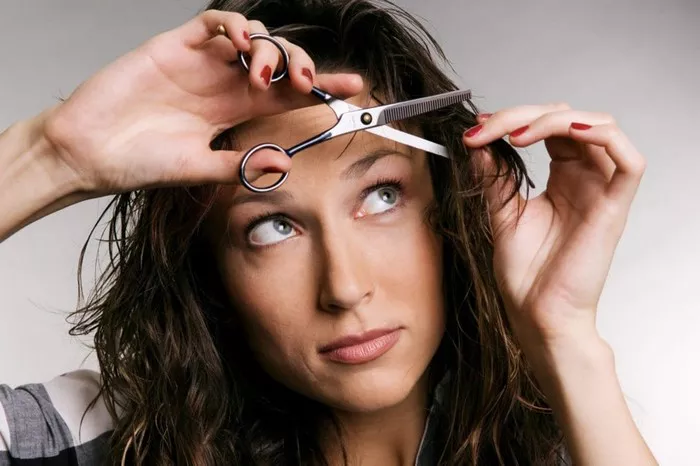Undergoing chemotherapy is a challenging and courageous journey for individuals battling cancer. One of the common side effects of chemotherapy is hair loss, which can be emotionally distressing. However, the question on many minds is whether hair will grow back after the completion of chemotherapy. In this article, we will explore the process of hair regrowth post-chemotherapy, the factors influencing it, and what individuals can expect during this hopeful phase.
Understanding Chemotherapy-Induced Hair Loss
Chemotherapy works by targeting rapidly dividing cells, which includes cancer cells. Unfortunately, it also affects healthy cells, such as those responsible for hair growth. The impact on hair follicles varies among individuals and depends on the specific chemotherapy drugs used and the dosage administered. Hair loss can occur on the scalp, eyebrows, eyelashes, and even body hair.
Temporary Nature of Chemotherapy-Related Hair Loss
The good news is that in most cases, chemotherapy-induced hair loss is temporary. Once the chemotherapy treatment is completed, the body starts to recover, and hair follicles gradually resume their normal growth cycle. However, the timeline for hair regrowth varies from person to person, and it’s important to be patient during this process.
The Hair Growth Cycle
Understanding the natural hair growth cycle is essential to grasp how hair regrows after chemotherapy. The cycle consists of three phases: anagen (growth), catagen (transition), and telogen (resting). Chemotherapy disrupts this cycle by sending hair follicles into the telogen phase prematurely, causing hair to fall out. After treatment, as the body recuperates, follicles re-enter the anagen phase, initiating the regrowth of new hair.
Timelines for Hair Regrowth
The duration for hair regrowth post-chemotherapy varies. Some individuals may notice new hair growth within a few weeks of completing treatment, while others may take several months. It’s crucial to manage expectations and recognize that regrowth is a gradual process. Hair texture and color may also differ during the initial stages of regrowth, but it typically normalizes over time.
Factors Influencing Hair Regrowth
Several factors can influence the speed and pattern of hair regrowth after chemotherapy. These include the type and dosage of chemotherapy drugs, the individual’s overall health, age, genetics, and the presence of any underlying medical conditions. While some people may experience regrowth relatively quickly, others may find the process takes more time.
Coping Strategies During Hair Regrowth
The period of hair regrowth can be emotionally charged. While it symbolizes healing and recovery, individuals may grapple with changes in hair texture, color, and overall appearance. Adopting coping strategies, such as exploring different hairstyles, using scarves or wigs, and seeking support from friends and family, can help individuals navigate this transitional phase with confidence and positivity.
Post-Chemotherapy Hair Care Tips
Taking care of the regrowing hair is essential to promote its health and strength. Gentle hair care practices, such as using mild shampoos, avoiding excessive heat styling, and protecting the scalp from the sun, contribute to the overall well-being of the regrowing hair. Consulting with a dermatologist for personalized advice on hair care during this phase can be beneficial.
See Also: What Does Female Thinning Hair Look Like: A Full Guide
Conclusion
The journey through chemotherapy is undoubtedly challenging, and the prospect of losing one’s hair can add to the emotional burden. However, understanding that hair loss is often temporary and that regrowth is likely to occur can provide hope and optimism. Each individual’s experience with hair regrowth is unique, and patience is key during this transformative phase. Embracing the changes and seeking support from healthcare professionals and support networks can make the process more manageable. In the end, the return of hair symbolizes resilience, strength, and the triumph of the human spirit over adversity.


